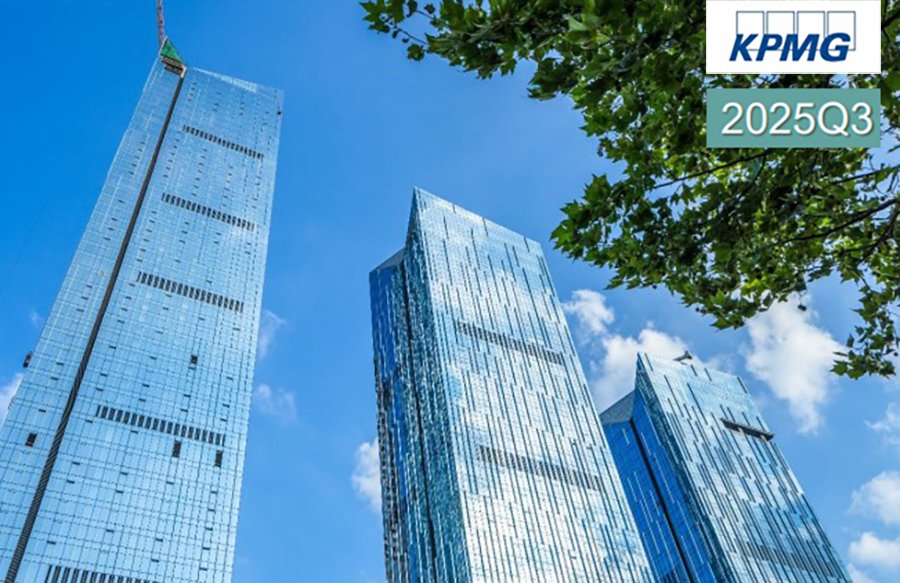читайте также
 Hotel Investment Trends 2025: Renovations Surge as Deals Stall — Key Insights from Cayuga’s Annual Conference
Hotel Investment Trends 2025: Renovations Surge as Deals Stall — Key Insights from Cayuga’s Annual Conference
 Vietnam Hit by Record-Breaking Floods: Tourists Advised to Change Their Plans
Vietnam Hit by Record-Breaking Floods: Tourists Advised to Change Their Plans
 WTTC: Travel & Tourism to Create 91 Million New Jobs by 2035 — but a 43 Million Workforce Gap Looms
WTTC: Travel & Tourism to Create 91 Million New Jobs by 2035 — but a 43 Million Workforce Gap Looms
 How Children Receive Residence Permits in Europe: Full 2024 Statistics
How Children Receive Residence Permits in Europe: Full 2024 Statistics
 Cyprus to Introduce Construction Police as Oversight Tightens in 2026
Cyprus to Introduce Construction Police as Oversight Tightens in 2026
 Assets of Russians in the UAE Reach 1 Trillion Rubles: FTS Expands Inspections
Assets of Russians in the UAE Reach 1 Trillion Rubles: FTS Expands Inspections
Cyprus Real Estate: Prices Rise, Returns Fall

Cyprus’ real estate market maintained positive momentum in Q3 2025, although price growth remains moderate and closely aligned with inflation. According to the RICS
Cyprus Property Index, higher rental rates are being offset by rising property prices, causing yields in most categories to decline. The most profitable segments remain retail assets and holiday apartments.

Prices and Regional Trends
The strongest annual growth in July–September 2025 was seen in apartments and residential houses, up 4.50% and 4.11% year-on-year, respectively. Warehouse prices rose 3.69%, offices 3.09%, and retail just 0.73%. On a quarterly basis, retail property remains under pressure: Nicosia recorded a 0.44% decline, while other districts posted near-zero changes.
In the housing sector, the sharpest quarterly increases were recorded in Limassol, where apartment prices rose 1.23% and house prices 1.39%. Paphos saw growth of 0.48% and 1.00%, Famagusta 1.39% and 1.06%, while Larnaca remained stable. Limassol also leads in industrial real estate: warehouse prices increased 3.75% over the quarter, compared to 1.58% in Paphos and 1.31% in Famagusta. A similar pattern emerged in offices: Limassol +2.74%, Paphos +1.00%, Larnaca +0.58%. Retail is the only segment with negative quarterly dynamics, with additional declines in Paphos (–0.27%).
The holiday property segment continues to grow moderately. Year-on-year, holiday apartments increased 3.43% in value, and holiday houses 2.11%. On a quarterly basis, Limassol again led the market: +1.51% for apartments and +1.67% for houses. Larnaca followed with +0.49% and +1.61%, Paphos with +1.35% and +0.66%, and Famagusta with +0.54% and +1.79%.

Sales and Demand Structure
According to the Department of Lands and Surveys, property sales in October
2025 increased by 24% year-on-year, with 1,638 contracts registered. The sharpest rise was in Famagusta (+52.4%). Transactions also rose in Nicosia (+25.3%), Paphos (+24.3%), Limassol (+21.9%), and Larnaca (+20.4%).
Cypriot residents accounted for 58% (955) of total sales, EU citizens for 14.2% (232), and non-EU buyers for 27.5% (451) — most active in Limassol and Paphos.
From January to October 2025, 14,811 transactions were registered, up 14% from the same period in 2024 (12,952). All districts showed double-digit growth, led by Nicosia (+16.4%) and Larnaca (+15.5%). If the trend continues, 2025 could become the second most active year for Cyprus real estate in two decades.

Demand distribution remained stable over the first ten months: locals made 60.2% of purchases (8,913), EU citizens 13.2% (1,960), and non-EU buyers 26.6% (3,938) — a structure consistent with previous years.
Rent and Yields
Rental rates continue to rise but vary across sectors. Apartments saw the highest annual increase (+4.78%), followed by holiday apartments (+2.87%) and offices (+2.53%). Residential houses and holiday houses rose more modestly (+2.22% and +1.98%), while warehouses gained +1.79%. Retail spaces recorded the weakest growth, with rents up just +0.54%.

Amid rising prices, yields declined in most segments:
Retail spaces hold 5.76%,
Holiday apartments 5.68%,
Offices 5.59%.
Apartments remain the only segment with a small increase — from 5.40% to 5.42%. Warehouse yields dropped to 4.19%, residential houses to 2.97%, and holiday houses remain the least profitable at 2.79%.
These figures exclude maintenance costs, taxes, and vacancy periods. In practice, net yields on even the most stable assets rarely exceed 4%, and for lower-rent properties may fall as low as 1%. As a result, long-term investment returns are becoming less predictable amid general price growth.
Regulation and Investor Risks
Investor attractiveness depends not only on prices and rental trends but also on regulatory changes. Cyprus authorities are preparing to tighten measures for non-EU citizens: three new draft laws propose increased transaction oversight and restrictions on companies with foreign participation.
Analysts at International Investment warn that such legal adjustments could significantly influence market demand in 2026, particularly in segments targeting foreign investors. With heightened oversight and rising prices, yield pressure is expected to increase, requiring investors to adopt more cautious strategies and account for potential regulatory risks.
Подсказки: Cyprus, real estate, investment, property market, RICS, rental yield, Limassol, Paphos, Larnaca, Famagusta, housing, regulation, tourism property, foreign buyers





